TABLE 15-5
What are the factors that determine the acceleration time (in sec.) from 0 to 60 miles per hour of a car? Data on the following variables for 171 different vehicle models were collected:
Accel Time: Acceleration time in sec.
Cargo Vol: Cargo volume in cu. ft.
HP: Horsepower
MPG: Miles per gallon
SUV: 1 if the vehicle model is an SUV with Coupe as the base when SUV and Sedan are both 0
Sedan: 1 if the vehicle model is a sedan with Coupe as the base when SUV and Sedan are both 0
The regression results using acceleration time as the dependent variable and the remaining variables as the independent variables are presented below.
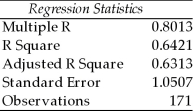 ANOVA
ANOVA

 The various residual plots are as shown below.
The various residual plots are as shown below.
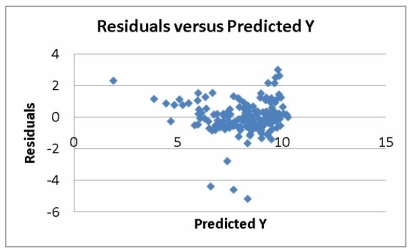
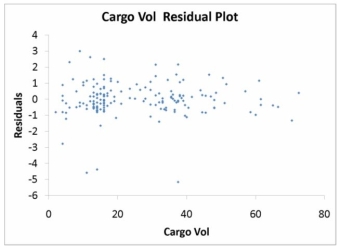
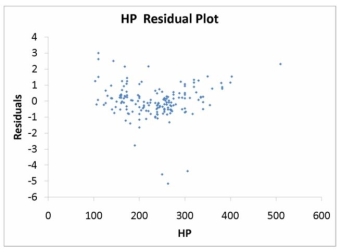
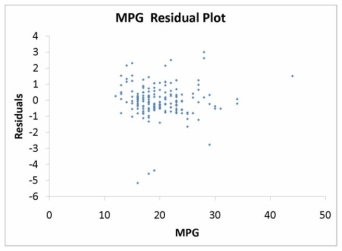
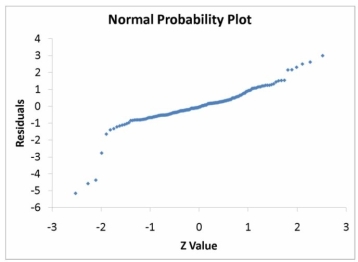 The coefficient of partial determination (
The coefficient of partial determination (  ) of each of the 5 predictors are, respectively, 0.0380, 0.4376, 0.0248, 0.0188, and 0.0312.
) of each of the 5 predictors are, respectively, 0.0380, 0.4376, 0.0248, 0.0188, and 0.0312.
The coefficient of multiple determination for the regression model using each of the 5 variables as the dependent variable and all other X variables as independent variables (  ) are, respectively, 0.7461, 0.5676, 0.6764, 0.8582, 0.6632.
) are, respectively, 0.7461, 0.5676, 0.6764, 0.8582, 0.6632.
-Referring to Table 15-5, the 0 to 60 miles per hour acceleration time of a coupe is predicted to be 0.7679 seconds higher than that of a sedan.
Definitions:
Uncertainty
The state of having limited knowledge about an existing condition or future outcome, making it difficult to accurately predict events.
Negative NPV
A situation where the net present value (NPV) of a project or investment is less than zero, indicating it is expected to lose money.
Rate Of Return
The gain or loss of an investment over a specified period, expressed as a percentage of the investment's initial cost.
Present Value Of Capital
The present worth of a future amount of money or series of cash inflows based on a given rate of return.
Q5: A few years ago, Pepsi invited consumers
Q13: Referring to Table 17-2, what is the
Q17: Every spring semester, the School of Business
Q20: Referring to Table 16-7, exponentially smooth the
Q30: Referring to Table 14-15, we can conclude
Q41: Referring to Table 16-7, the number of
Q82: Referring to Table 14-15, which of the
Q100: Referring to Table 16-6, exponentially smooth the
Q109: Referring to Table 16-4, if one decides
Q130: Referring to Table 14-15, the null hypothesis